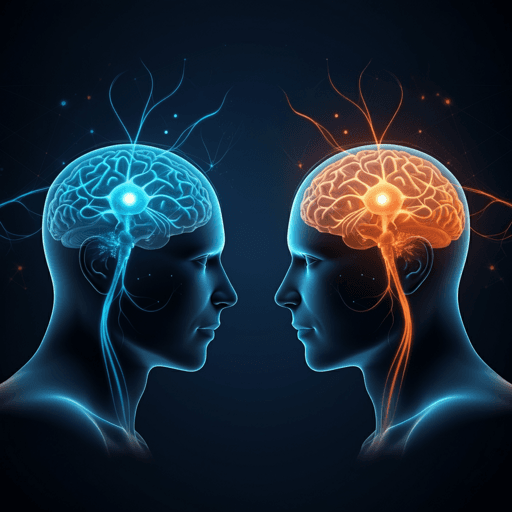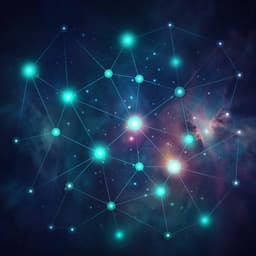
Psychology
What Else Is Happening to the Mirror Neurons?—A Bibliometric Analysis of Mirror Neuron Research Trends and Future Directions (1996–2024)
Y. Sun, N. Yu, et al.
This bibliometric analysis (1996–2024) maps the trajectory of mirror neuron research—peaking in 2013—highlighting core topics like intention understanding, affective empathy, motor learning, autism, neurostimulation, and emerging importance of BCIs and AI-integrations, and traces methodological shifts from electrophysiology to fMRI, TMS, and BCIs. Research conducted by Yangyang Sun, Ningyao Yu, Guanchu Chen, Tongwei Liu, Shengjun Wen, and Wei Chen.
~3 min • Beginner • English
Related Publications
Explore these studies to deepen your understanding of the subject.







